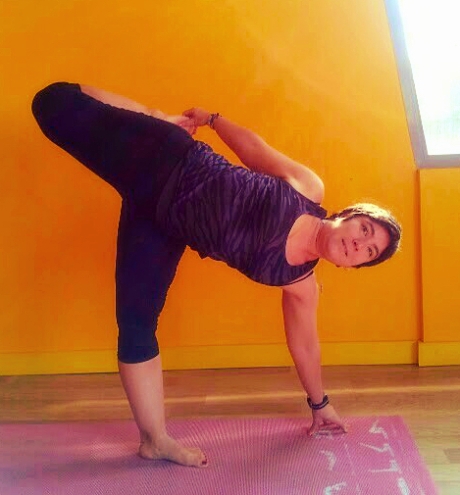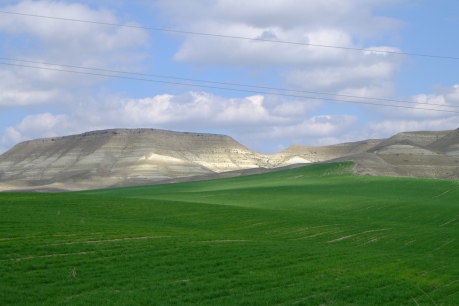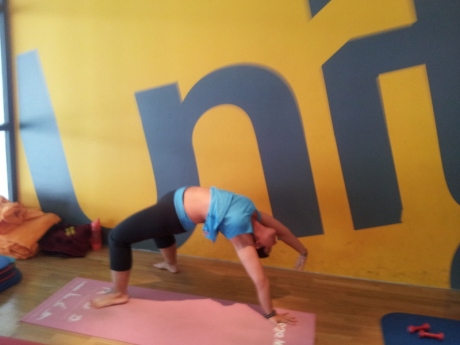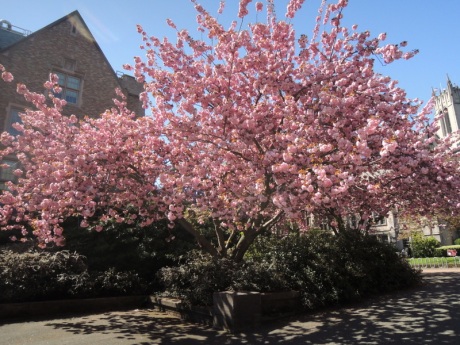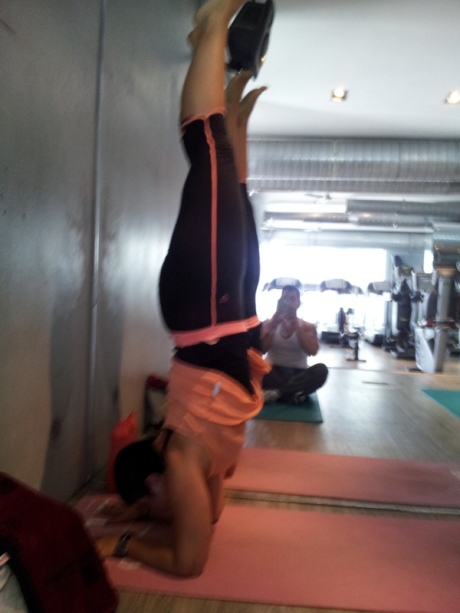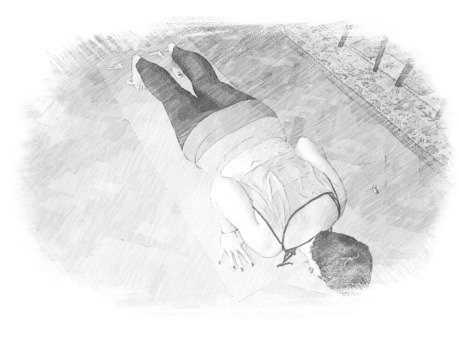I have been waiting for summer to come for almost two months. As I am waiting, it is not coming. I love hot weather, sun, pool, sea and sunbathing. The more I want all these summer-linked things, the longer it takes for summer to come. Moreover, I want to write an article on what type of yoga we can do during the summer. However, I cannot write it as the summer has not arrived yet. I decided to write anyway as today is June 21, the summer solstice. What type of yoga should we do to celebrate the summer solstice?
Before answering this question, let’s try to explain what summer solstice mean and what happens that day. We experience two solstices a year, including winter solstice on December 21 and summer solstice on June 21. It is the time when the movement of the sun’s path (as seen from Earth) comes to a stop before it reverses direction.
The summer solstice or June 21 is the longest day of the year. It is the completion of the cycle that began at the winter solstice. The sun is at its highest point on this day. After June 21, days start to get shorter and nights grow longer until September 23 — the autumnal equinox. I should remind you that all these things happen in the northern hemisphere. It is just the opposite in the southern hemisphere.
Let’s come back to the solstice after this brief scientific information. The solstice is the best time to let the nature embrace us. Particularly during the summer solstice, we can find ourselves dancing with bare feet on grass or sand with the sun warming our bodies and soul. So far, we have only talked about the effects of the solstice on our souls.
If you ask me what type of yoga we could do to mark the summer solstice, I would just tell you to perform 108 “surya namaskara” (sun salutations). The sun is at its highest point on this day, so it is so meaningful to mark the day with sun salutations. This way we can burn the fire within us. We can expand each time we inhale and imagine that the sun is warming us each time we exhale.
Can we only mark the summer solstice with a flow yoga? Of course not. We can also mark June 21 with yin yoga. We cannot burn the fire within us with this type of yoga but we can extinguish the fire and we can calm ourselves down on this summer solstice. These are types of yoga we may perform on June 21 summer solstice. Now let’s try to find an answer to the question “what type of yoga during summer”.
As you may remember from my previous articles, our bodies are divided into three groups according to Ayurveda (Indian science of living). They were “vata, pitta and kapha”. Only one type was dominant on some bodies. On some bodies, two or three types were active. Also, one of the body types can be dominant over other during different seasons. During cold, dark, severe and harsh winter, the “vata dosha” (air and space) in our bodies was increasing. Therefore, we were giving priority to grounding in our yoga practice. During winter, the “kapha dosha” (earth and water) was dominant and to this end, we were feeling heavy and exhausted.
What happens to our bodies during summer? When summer comes, the “pitta” (fire and water) in our body increases. We may feel ourselves tired due to hot weather. Moreover, as the “pitta dosha” increases in our bodies, we may be aggressive and demanding. For this reason, it will be good for us if we begin our yoga practice by lying supine during summer. Starting with “savasana” (deep relaxation and resting pose) to bring the awareness to our yoga practice, then a lateral stretch and a twist will make us feel well at the beginning of our yoga practice. This way we can balance our internal heat.
Not only at the beginning of our yoga practice but also during the entire practice we may prefer a calmer yoga style than a fast and active yoga style. This way, we can give more priority to relaxation and meditation. But, this does not mean that we should not practice a flow yoga during summer. We can do it in a calmer and more aware way when we practice flow yoga.
Naturally, we can begin the practice with “surya namaskara” (sun salutation) series and go on with all standing asanas such as “trikonasana” (triangle), “ardha chandrasana” (half moon pose), “utthita parsvakonasana” (wide angle pose), “setu bandhasana” (bridge), “urdhva dhanurasana” (wheel), “bharadvajrasana” (sage Bharadvaj pose), “upavista konasana” (seated angle pose), “parivritta janu sirsasana” (twisted head to knee pose), “baddha konasana” (bound angle pose), “paschimottanasana” (east looking forward bend), “halasana” (plow pose), “salamba sarvangasana” (supported shoulderstand), “karnapidasana” (ear pressure pose), “matsyasana” (fish pose). We can focus on forward bends in our yoga classes or own practice in order to calm the mind and body down.
In addition to all these asanas, we can use a “pranayama” technique called “sitali” to cool our bodies down. In short we curl the tongue and protrude it slightly past the lips. We inhale deeply and smoothly through the tongue and mouth and exhale through the nose. This technique calms and cools us. You may feel cooler when you do this pranayama for a few minutes.
Another “pranayama” technique we can use during summer is to close the right nostril and just breathe through the left nostril. Right nostril is the male and solar side of our bodies and named “pingala nadi” (solar energy center). The left nostril is the female and lunar side of our bodies and named “ida nadi” (lunar energy center). When we close the right nostril, we close the male, active and warming side of our bodies and when we inhale and exhale through the left nostril, we use our female, passive and cooling side.
At the end of our yoga practice, we can either rest in “savasana” (deep relaxation and resting pose) or we can reverse the flow of the body and rest in “viparita karani” (legs up to the wall).
Have you noticed that yoga is such a wide world that you may practice different types and use different “pranayama” techniques in every season. It is possible to warm or cool our bodies during winter and summer with these breathing techniques. So you may ask how to breath during spring or autumn? There is a breathing technique to equalize the right and left energies in our bodies, which can be used especially during spring and autumn. That is, yoga offers us many different things.
This or that way, summer or winter. Or spring or autumn. Not important. What is important is to love yoga and have yoga in our daily lives during all seasons maybe only by asanas; or by asanas, pranayama and meditation; or by asanas, pranayama, meditation and philosophy.
